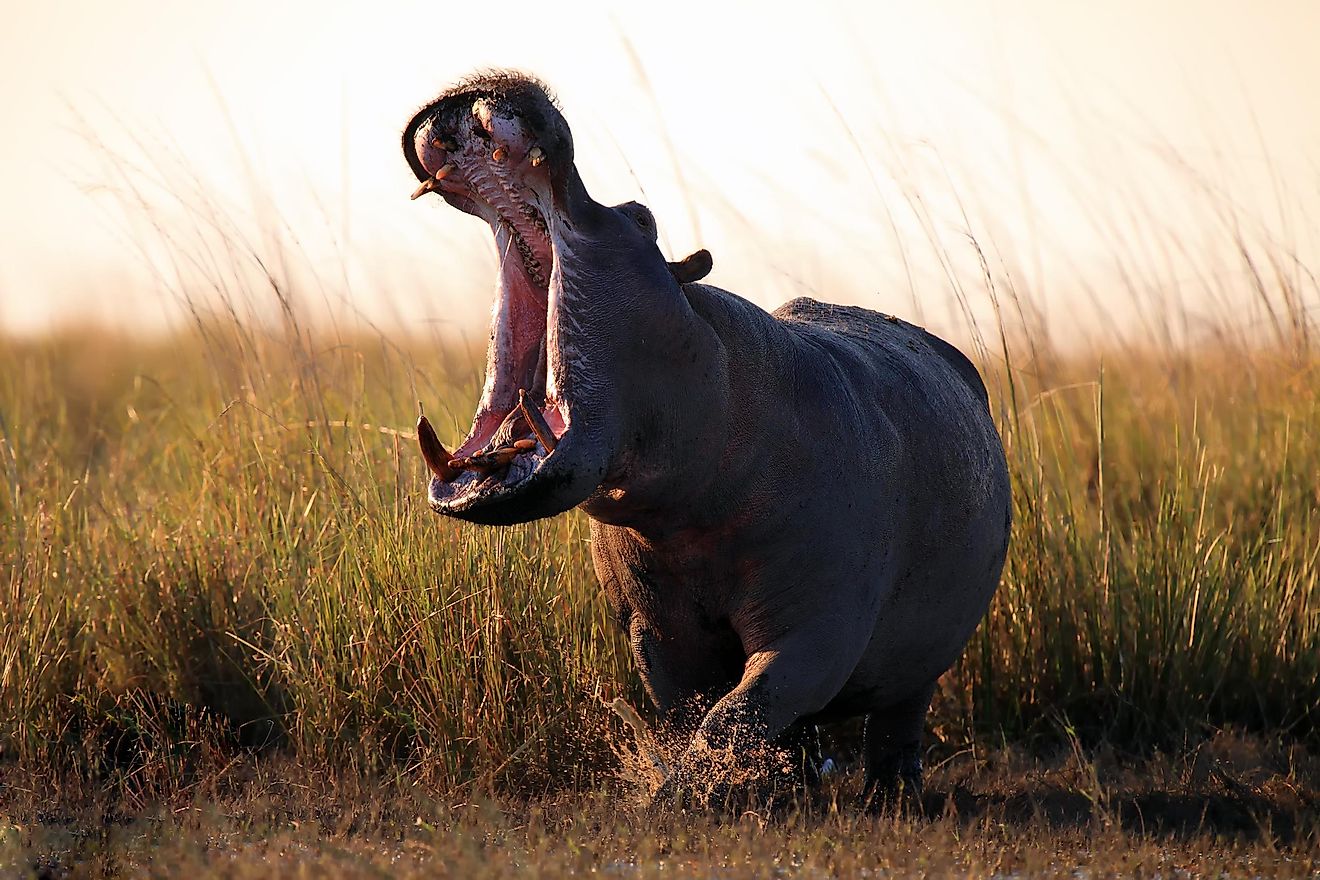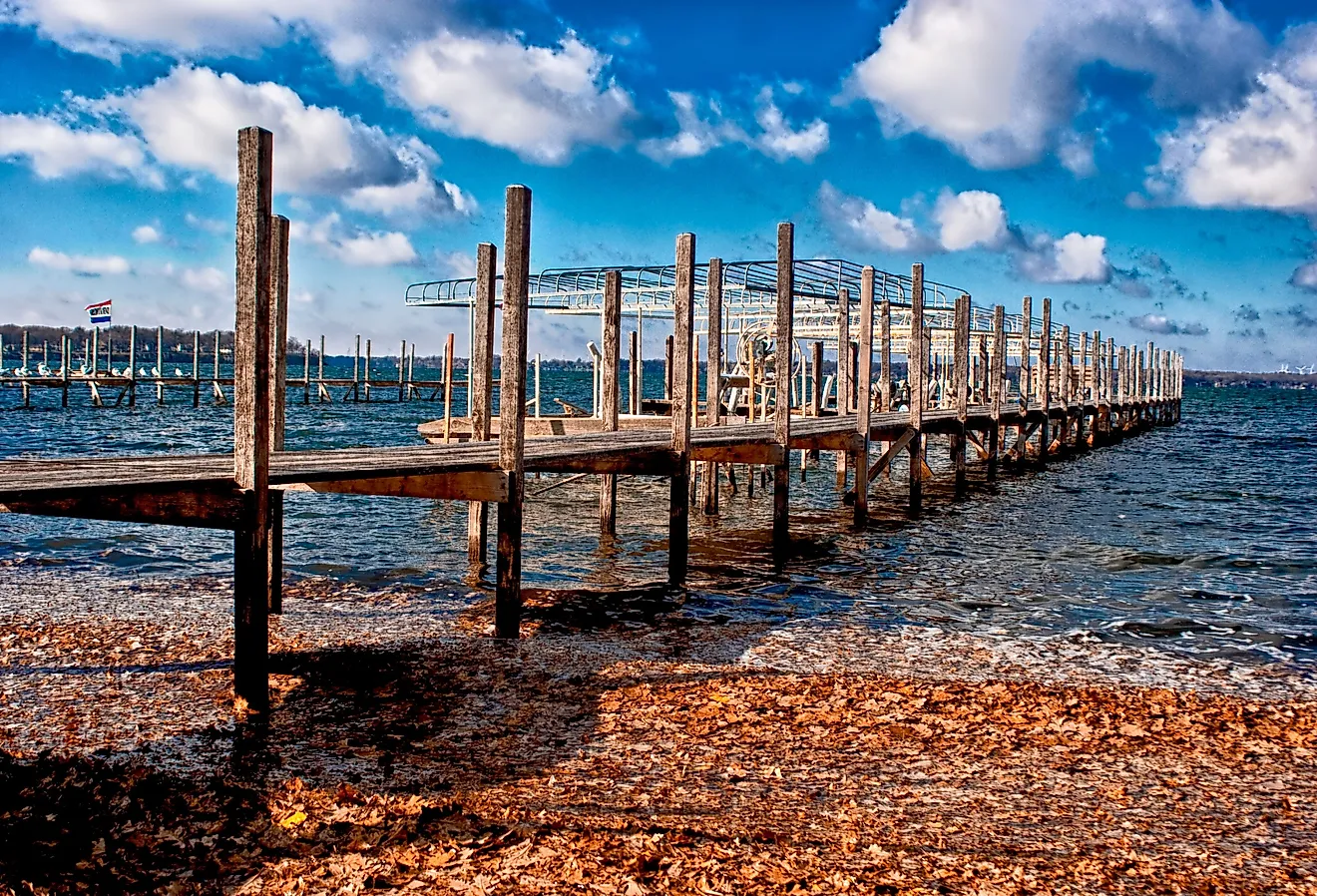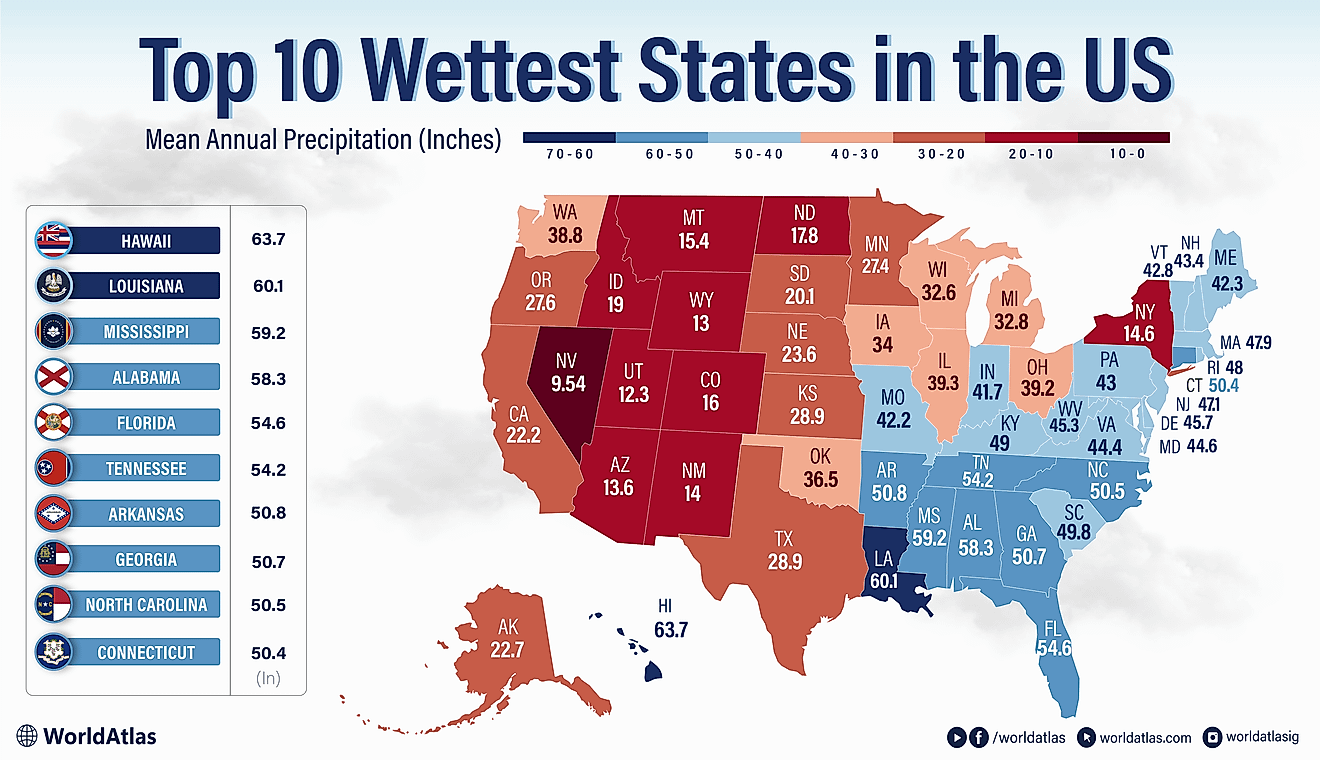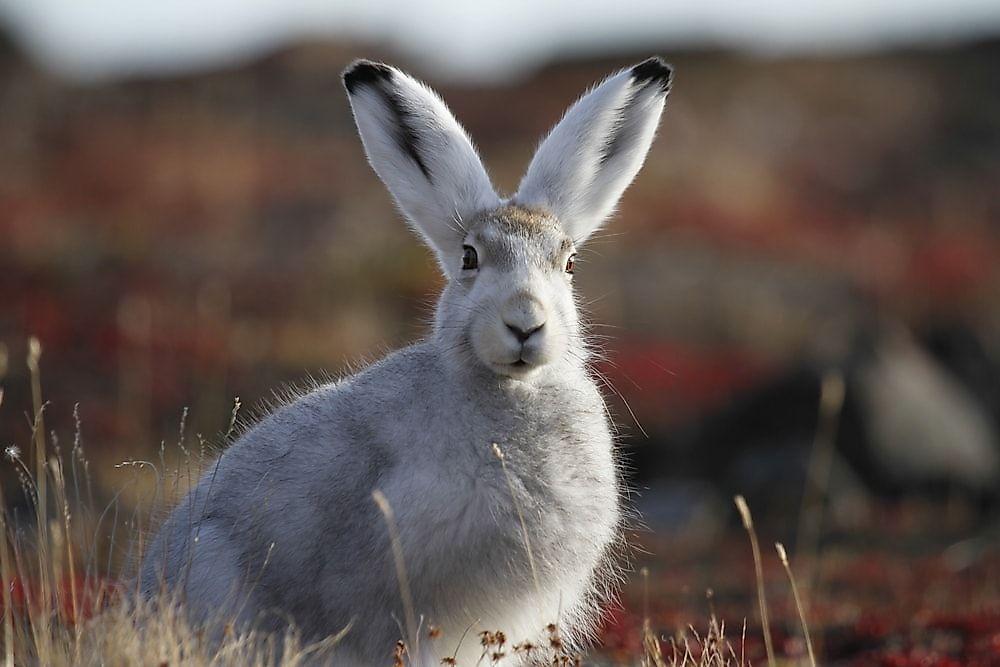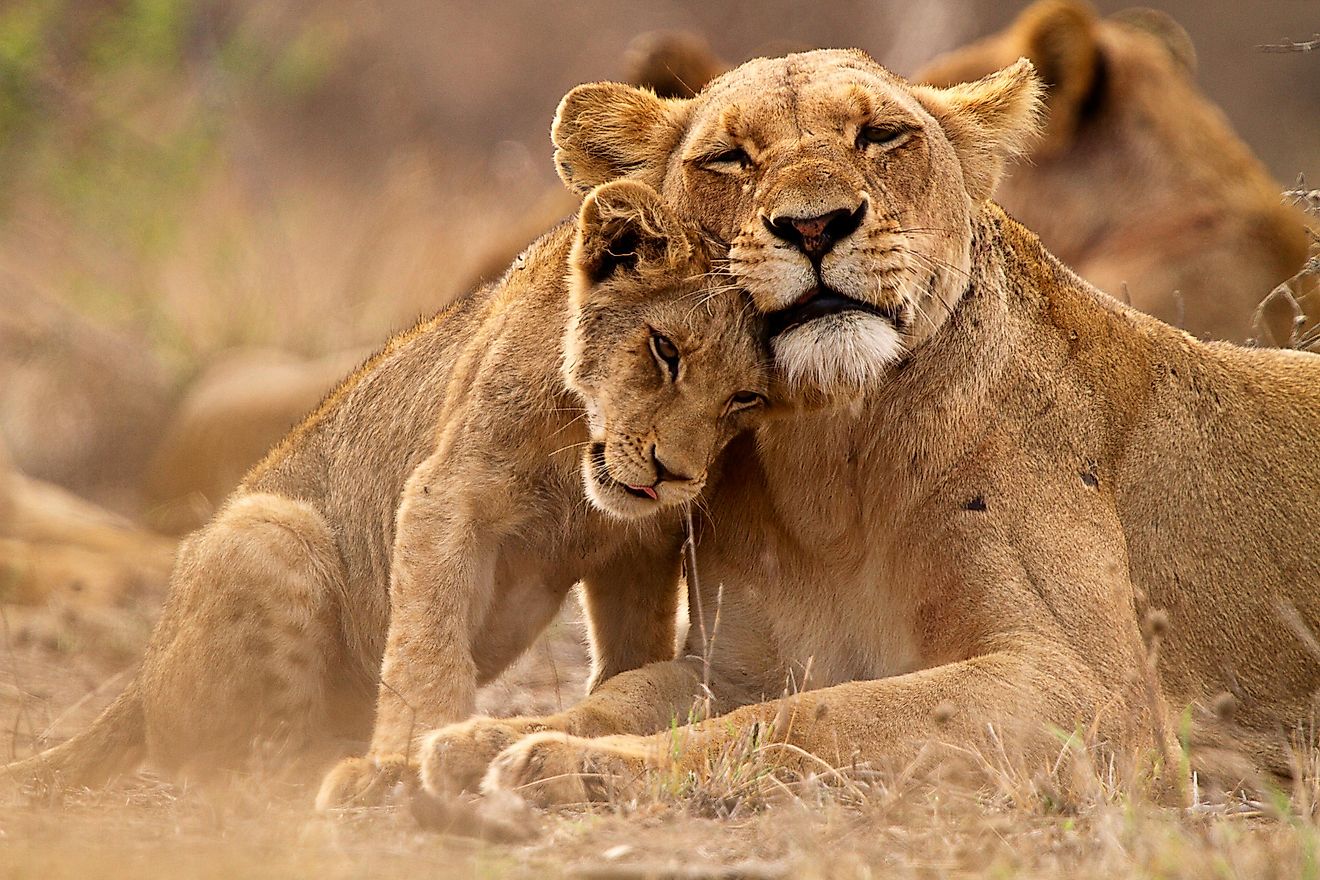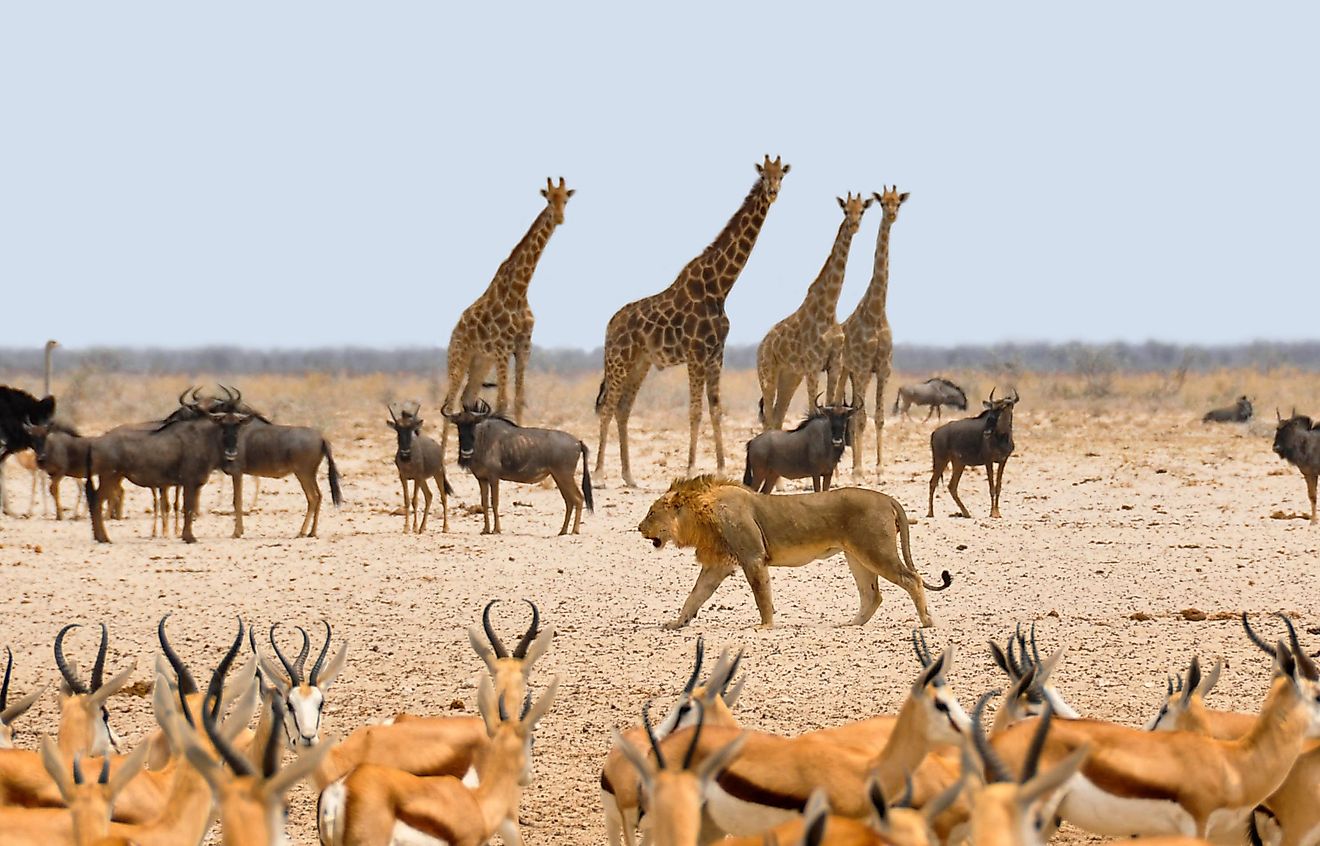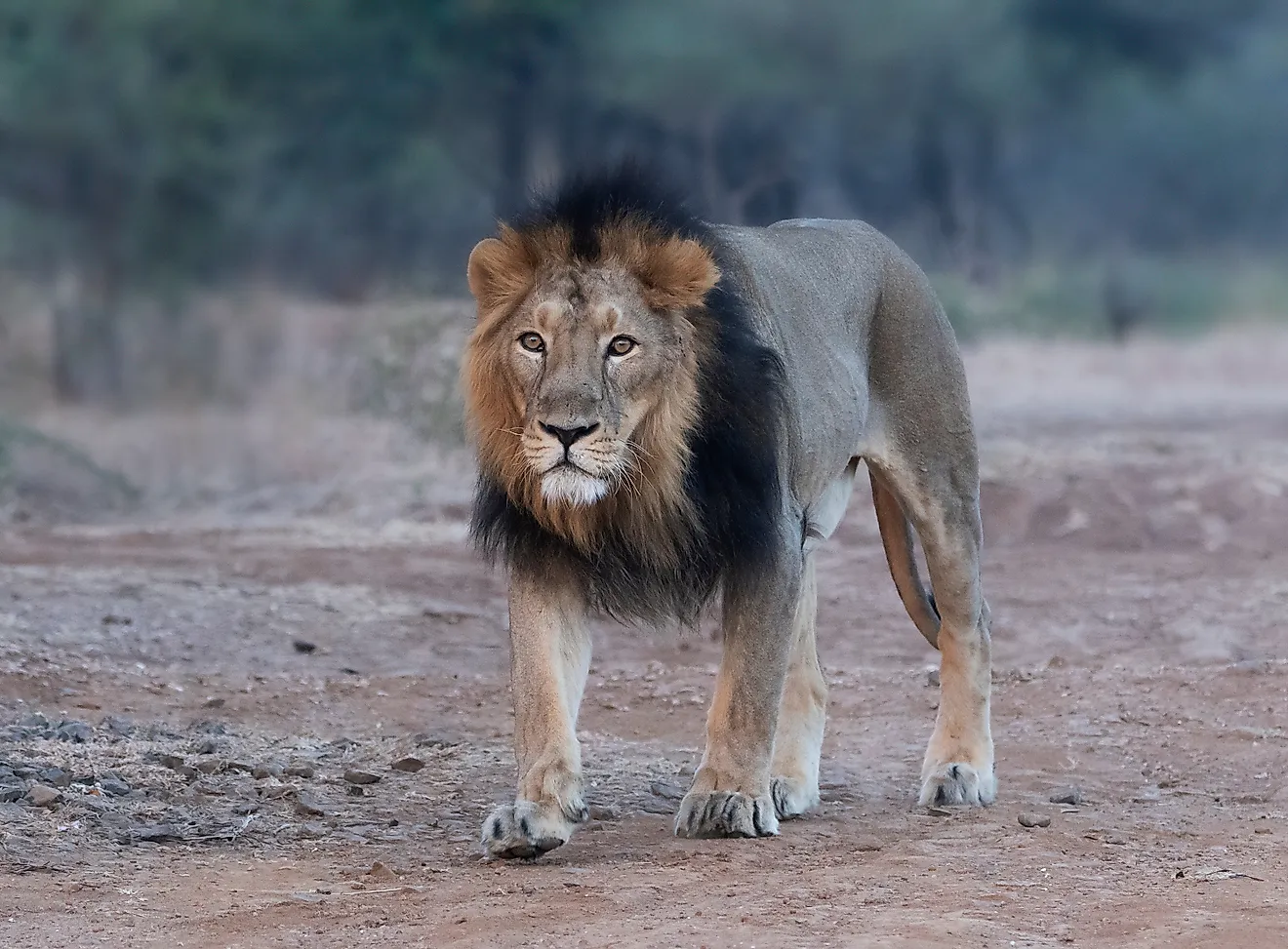
8 Strange Discoveries About Mount Everest
Mount Everest, the highest mountain on Earth, sits at the summit of the Great Himalayas of southern Asia, on the border between Nepal and the Tibet region of China.
The iconic peak is supposed to be the purest place on Earth, a gleaming white pyramid of ice and rock, untouched by anything but wind and snow. In reality, the world's highest mountain is far stranger, and far more human, than the postcard version most of us carry in our heads.
Climbers who fight their way up its flanks don't just find thin air and killing cold. They pass frozen bodies, whispering ghost stories, and trash spilling out of melting ice. The snow is dusted with microplastics, and tiny spiders lurk in the rocks high above the snow line, just two of the many, many strange, human-shaped scars on Everest.
The World's Highest Garbage Dump
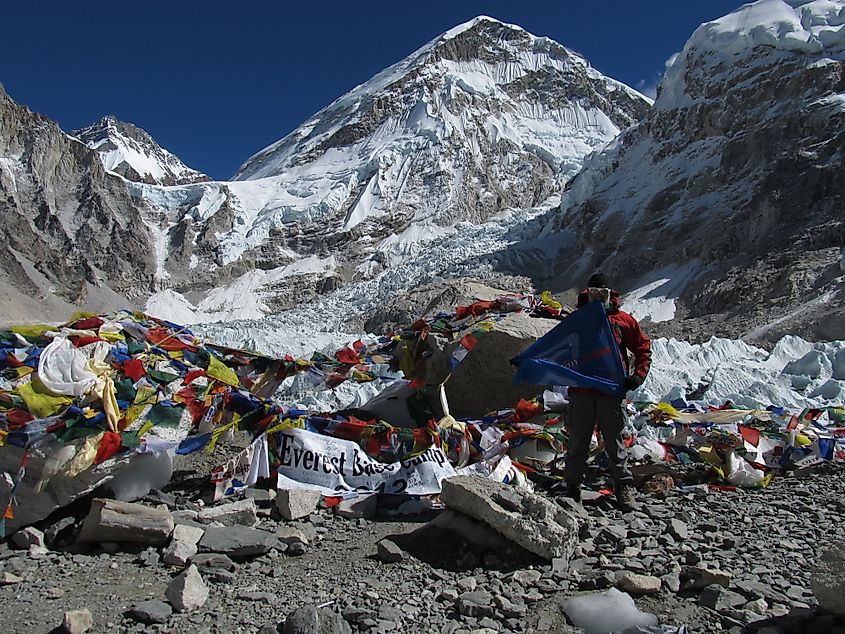
Everest should be a temple of ice and rock. Instead, parts of it look like a high-altitude landfill. Decades of expeditions have left the slopes littered with torn tents, empty oxygen bottles, food wrappers, and frozen human waste. In places, trash is even oozing out of melting glaciers. The same snowmelt that feeds the local rivers now carries contamination downhill, threatening the water that nearby communities rely on.
In peak season, more than 500 people a day hike to Base Camp, grinding paths into the soil and adding to the mess. No one knows exactly how much waste is buried on the mountain, only that every warm year reveals more of it.
Nepal is trying to push back. Climbers must pay a $4,000 deposit and only get it back if they return with at least 18 pounds of garbage. The army and NGOs run regular cleanup drives, while Sherpa guides and locals teach visitors how to leave less behind.
The Tiny Spiders That Live Higher Than Any Animal
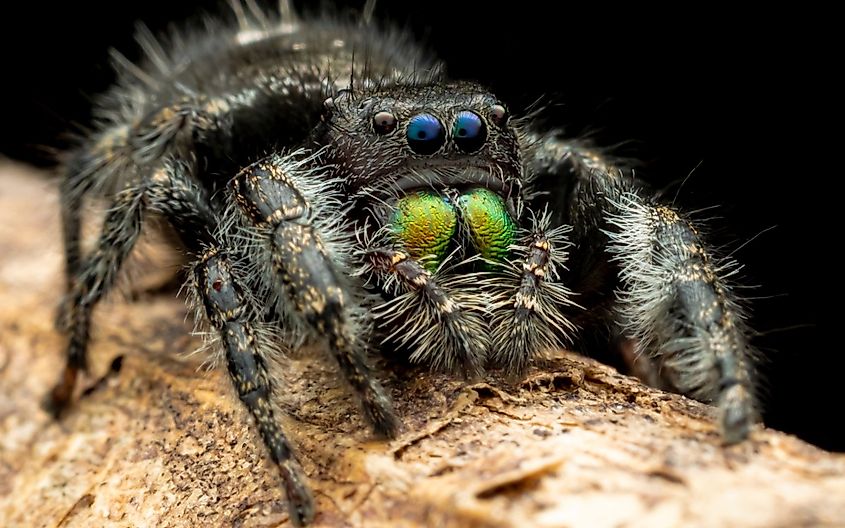
Some people worry about ghosts on Everest. Others worry about something much smaller.
High on the mountain, tiny Himalayan jumping spiders have been spotted living among the bare rocks, far above the snow line. The first reports date back to a 1924 expedition, when a naturalist saw little spiders active around 22,000 feet. In the 1950s, another scientist found them again at similar heights, confirming that these creatures really do live in this thin, freezing air.
Each spider is only a few millimeters long. It survives by ambushing tiny insects, springtails and small flies, that are blown up the mountain by the wind. There are no plants, no shelter, and almost no food, yet they manage to hunt and stay alive where almost nothing else can.
Because of this, many experts believe the Himalayan jumping spider may be the highest-dwelling permanent animal on Earth. While climbers struggle for every breath, these silent hunters wait in cracks in the rock, watching the world's highest peak through eight unblinking eyes.
2,000 Years of Ice Lost in 30 Years
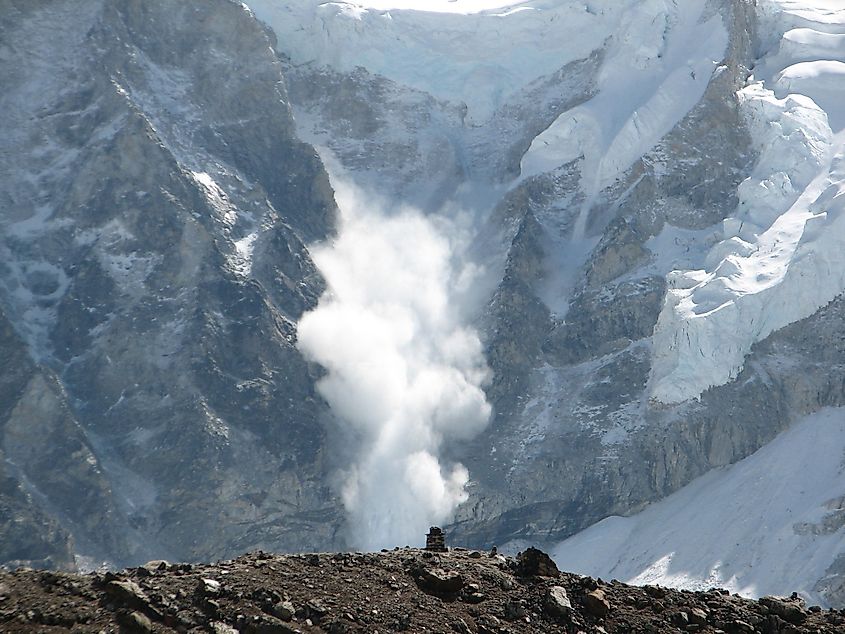
Climate change feels abstract, until you see what it's doing to Everest.
High on the mountain, the South Col Glacier is wasting away. Scientists say it's now losing roughly decades' worth of ice every single year, and it may have already lost about half its mass since the 1990s. If warming continues, this glacier could vanish within a few decades.
To find out what was happening, a team of scientists and Sherpas hauled heavy drilling gear up to around 8,000 meters (about 26,200 feet) and pulled a 10-meter (33-foot) ice core from the glacier. Tests showed that the ice at the surface was about 2,000 years old. In other words, all the newer ice that should have built up on top over two millennia is already gone. Around 55 meters (180 feet) of ice has likely disappeared.
The loss is speeding up because of a brutal feedback loop. As the bright snow cover melts away, darker ice is exposed, soaking up more sunlight and melting even faster. Some of that ice doesn't even turn to water first, it goes straight into vapor. If this continues, the "roof of the world" will be left with more rock than ice.
Everest's Summit May Have Once Been A Seafloor
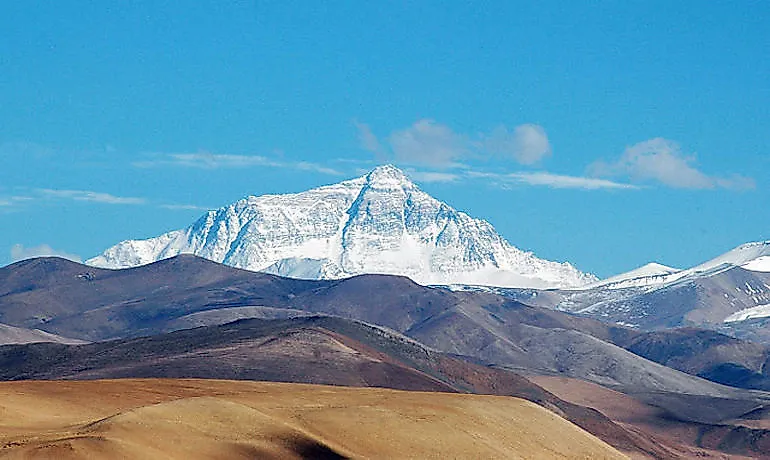
The very top of the world is made of marine limestone, rock that formed hundreds of millions of years ago on the floor of the Tethys Sea, a vanished ocean that once lay between India and Eurasia. Trapped inside the stone are tiny fossils of sea creatures like brachiopods and crinoids, proof that this "roof of the world" was once deep underwater.
The summit rocks are about 450 million years old, but the mountain itself is far younger. Around 60 million years ago, the Indian Plate slammed into the Eurasian Plate. That slow, grinding collision crumpled the edge of the seabed and shoved it upward, building the Himalayas and lifting those ancient sea rocks into the sky.
Some people see the marine limestone as evidence of a sudden global flood, but most scientists point to plate tectonics, a long, relentless rise over millions of years, as the real story behind Everest's drowned summit.
Microplastic Dust Sprinkled All Over the Top of the World's Highest Peak
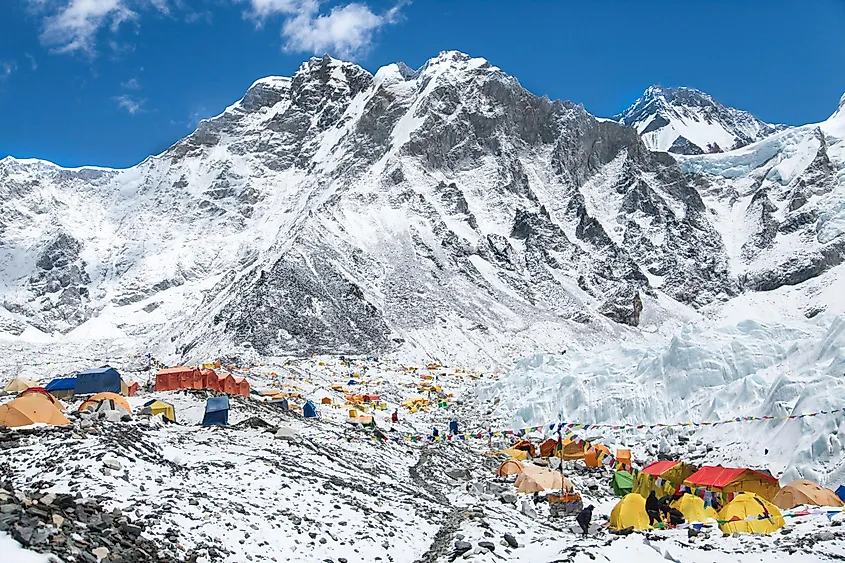
Even on the roof of the world, the snow isn't clean. In 2020, scientists tested snow just below Everest's summit and found it laced with microplastics, tiny threads and fragments of plastic that mostly come from our own gear. They sampled snow at eleven spots on the mountain, and every single sample was contaminated. The closer they got to Base Camp, where climbers pitch their tents and unpack their bags, the more plastic they found.
Most of these fibers likely came from jackets, ropes, and tents made from materials like polyester and nylon. One study estimates that a single synthetic jacket can shed hundreds of fibers in just minutes of use, adding up to more than a billion in a year. Each step, each zip, each gust of wind helps grind gear into dust that never really disappears.
To slow the damage, Nepal now requires climbers to bring back a set amount of trash, and the army and local groups run regular cleanups, sometimes even using drones to spot obvious waste. Scientists are also pushing for better gear and stricter rules, hoping that the world's highest peak won't stay coated in our plastic fingerprints forever.
Frozen Corpses Used as Macabre Milestones
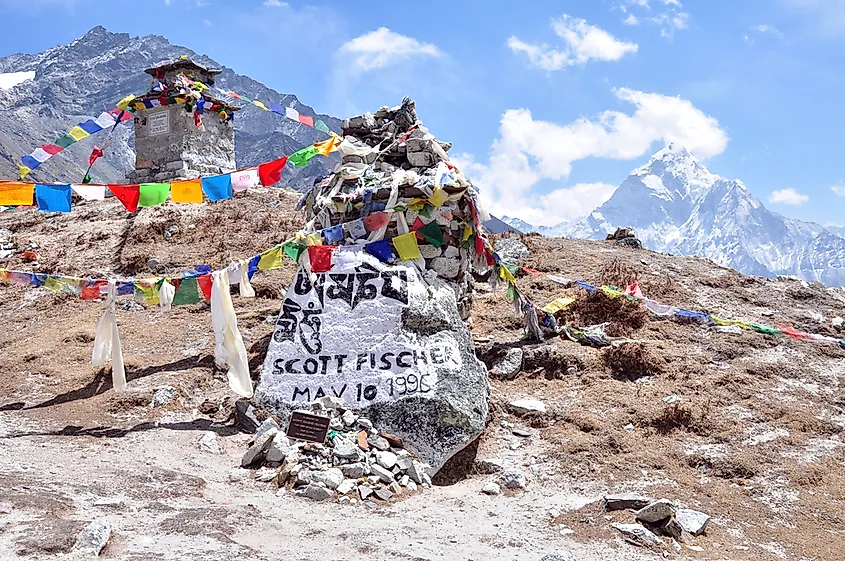
On Everest, the dead do not always go home. Above 26,247 feet lies the "death zone," where the air is too thin to sustain life for long. Here, in brutal cold and storms, climbers collapse from altitude sickness, exhaustion, and the simple fact that there isn't enough oxygen. Over the decades, hundreds have died on the mountain, and an estimated 200 or so bodies still lie frozen on its slopes.
Some have become grim landmarks. "Green Boots," believed to be climber Tsewang Paljor, lay beside the Northeast Ridge route for years, identified by his bright green boots. Another is Francys Arsentiev, nicknamed "Sleeping Beauty." Found barely alive in 1998, she begged not to be left alone, but rescuers were forced to retreat or die themselves. Her body remained clipped to the rope for nine years before it was recovered.
Most bodies, especially those high between 26,600 feet and the summit, are simply too dangerous and expensive to retrieve. When recovery is possible, teams try to bring climbers down, but on Everest, gravity and thin air often have the final say.
Ghost Stories on the World's Highest Mountain
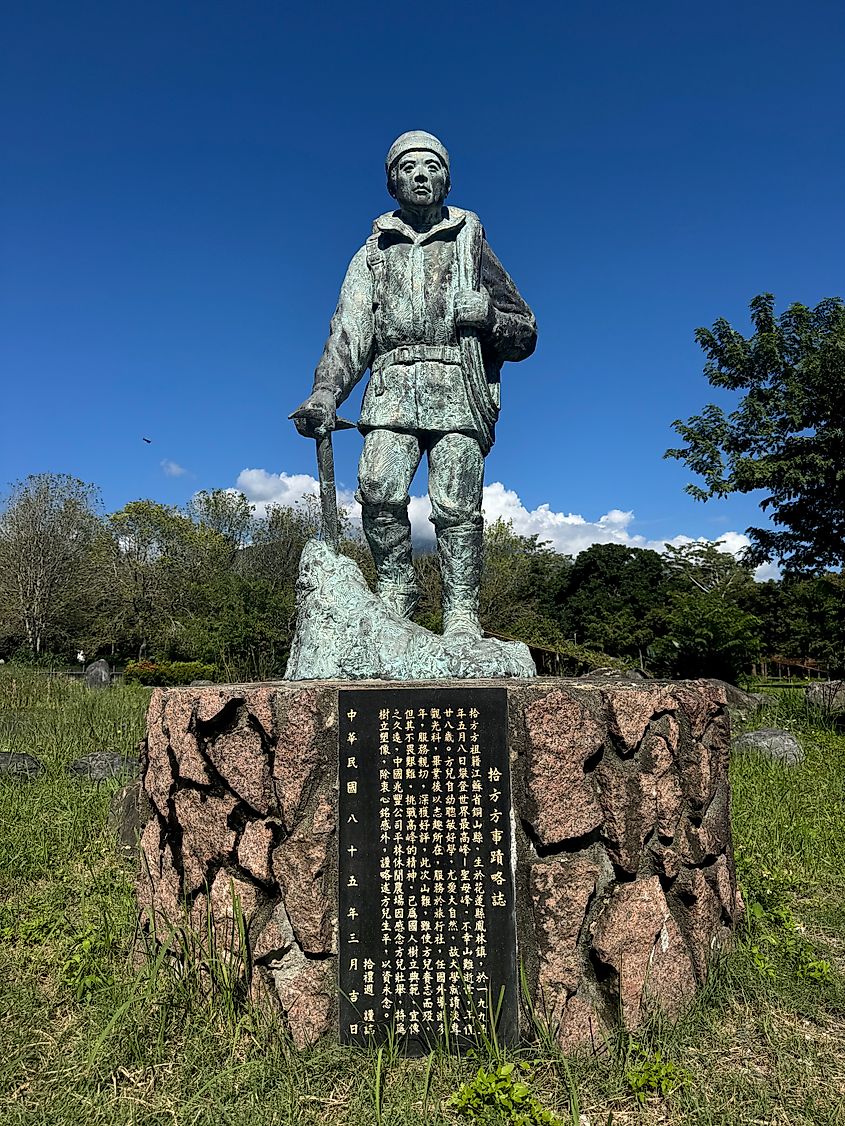
Everest isn't just haunted by memories; some climbers say it's haunted, period.
On April 18, 2014, Pemba Dorje Sherpa was guiding a client through the Khumbu Icefall, one of Everest's most dangerous sections, when an avalanche tore down the mountain, killing 16 Nepali guides. It became one of the deadliest disasters in Everest's history. Moments earlier, at a spot called the Football Field, a wild gust of wind had slammed into Pemba, his cousin Phinjo, and their clients, forcing them to stop. Five minutes later, ice blocks the size of buildings crashed into the slope below. That brief pause may have saved their lives.
Another Sherpa, also named Dorje, told a different kind of story. In 2004, he said he stopped by a mound of rocks to drink tea and saw black, human-shaped shadows moving toward him, arms outstretched, begging for food. He believed they were the spirits of dead climbers. Maybe it was thin air or exhaustion. But many Sherpas believe Everest holds restless ghosts, and that they won't be at peace until every frozen body is finally brought home.
Everest's Dirt Remembers Us
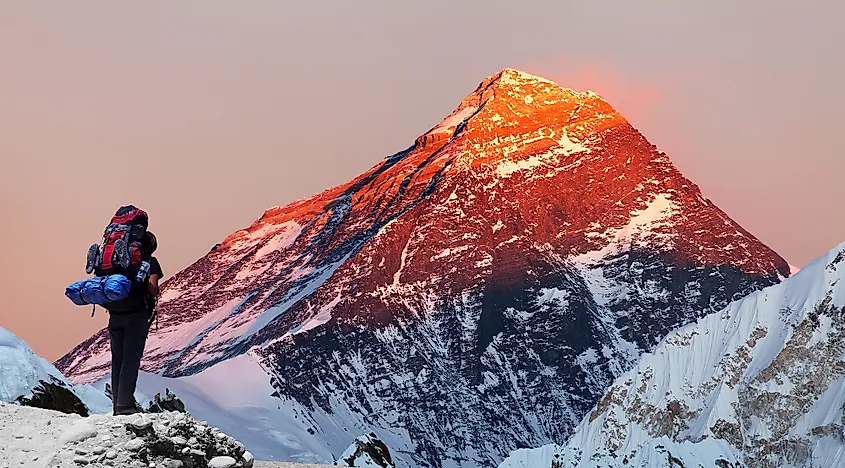
Even on Everest, we leave more behind than footprints.
In 2023, scientists tested frozen soil high on the mountain, above 26,000 feet, and found human germs preserved in the dirt. Microbes from climbers' coughs, sneezes, and skin can survive up there for decades, locked in ice and thin, dry soil. It's like a faint human fingerprint pressed into the world's highest slopes.
Most of what they found was tough fungi in the genus Naganishia, able to withstand brutal cold and fierce UV light. Mixed in were traces of familiar bacteria such as Streptococcus and Staphylococcus, the same kinds that normally live in our mouths, noses, and on our skin.
These microbes don't yet pose a big threat to Everest's environment. But the discovery matters for another reason: it shows how easily humans contaminate even the most remote places with our own biology. If we ever search for life on Mars or other worlds, scientists will have to be very sure that any "alien" germs they find didn't actually hitch a ride from Earth.
Fascinating Lessons from the World's Highest Mountain Peak
Mount Everest is so much more than just the tallest and one of the most dangerous mountains in the world. It is a place where the traces of human ambition are left behind in visible and not-so-visible ways. If there is anything to learn from this mountain, it is that everything on Earth is connected, even the places that seem utterly remote, inhospitable, and untouched. Everest is also a massive reminder that small actions have big consequences, whether in the waste humans leave behind or in how they interact with nature. The reality remains that the highest peak in the world is not something that is beyond the responsibility of the human race.


